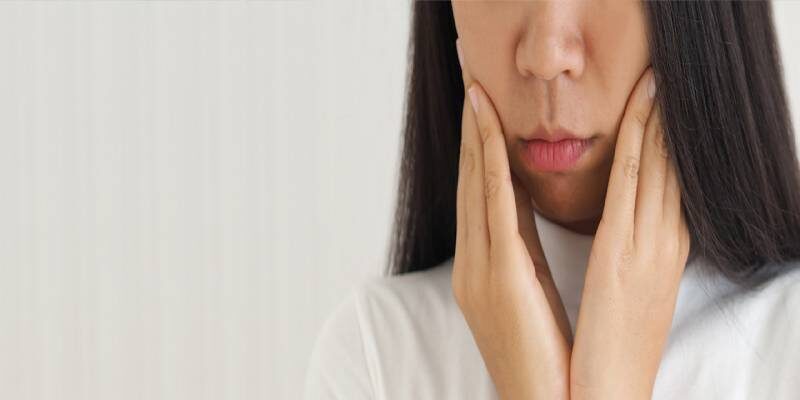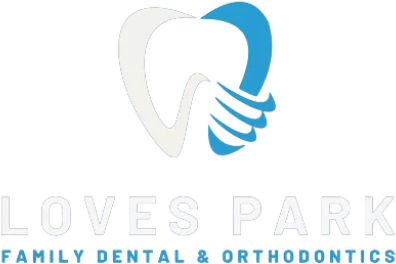TMJ Disorders refers to problems with the Temporomandibular Joint (TMJ) which is the connecting hinge mechanism between the base of the skull (temporal bone) and the lower jaw (mandible). A growing population of people are having problems like Bruxism (grinding), Headaches, Muscular and Jaw pain, Ear pain, Migraine and other problems related to TMJ Disorders.

TMJ DISORDER
Treatment for TMJ Disorders
Since the teeth, chewing muscles and temporomandibular joints all can be involved in a TMJ disorder, treatments vary. We will decide what type of treatment is needed for your particular problem. Often, treatment will involve a series of phases. This step-by-step plan is in your best interest because only minor corrective treatment may be needed. If pain and other symptoms persist, a more involved treatment, such as changing the way your teeth fit together, or even surgery, may be needed. However, surgery is recommended only when a precise cause of the disorder has been pinpointed and usually should not be undertaken until more conservative treatments of the disorder have been tried first.
Some common methods of treating TMJ disorders are listed below:
Elimination of Spasms and Pain – This can be done by applying moist heat to the face, using prescribed muscle relaxants or other medications, massaging the muscles, and eating soft, non-chewy foods. These are especially helpful for acutely painful flares. Bite plates or occlusal (bite) splints can also be made. This treatment helps to eliminate the harmful effects of clenching or grinding the teeth. Bite guards/splints are more helpful over time to prevent acute flares.
Counseling or Biofeedback/Relaxation Training – Many times counseling is used along with other forms of treatment. If emotional stress is the factor that causes clenching or grinding of the teeth, that stress should be reduced or eliminated. Biofeedback, a relaxation technique that teaches people to control tension throughout various parts of the body with the aid of an electronic monitoring device, can also be helpful in reducing muscle tension in the jaw. Such mind/body techniques as the Alexander Method can be helpful in muscle re-education.
Correcting the Way the Teeth Fit Together – If your bite is incorrect or uneven, it can be adjusted by selective grinding of the teeth. Orthodontic appliances (braces) and other dental procedures may also be used to reduce problems caused by improperly aligned teeth.
Surgery – If muscle spasms have occurred for long periods, the TMJ itself may become injured or arthritic. In addition the bones and soft tissues of the TMJ may slip out of normal position because of trauma such as a blow to the head, or some other cause. Occasionally, in cases such as these, surgery may be needed to correct the TMJ problem.
SNORING and SLEEP APNEA
Snoring can greatly reduce the ability to sleep well. In addition, excessive daytime sleepiness can be frustrating and lead to poor performance at school or at work. Loud snoring can be a sign of upper airway resistance syndrome or obstructive sleep apnea (OSA), a potentially life -threatening disease that causes you to stop breathing many times during sleep. Sleep Apnea can place you at high risk for high blood pressure, heart attack, or stroke.
Our Work in Snoring and Sleep Apnea
We work with physicians at the Sleep Disorders Center in the Swedish American Health System to jointly manage sleep-related breathing disorders.
If indicated, we can fabricate an oral appliance that maintains proper jaw alignment for safe and healthful sleep. This mouthpiece, similar to a sports mouthpiece, allows the patient to breathe through either the nose or mouth. Oral appliances can be used alone or in conjunction with other therapies such as diet and exercise, continuous positive airway pressure (CPAP), psychotherapy, and surgery.
